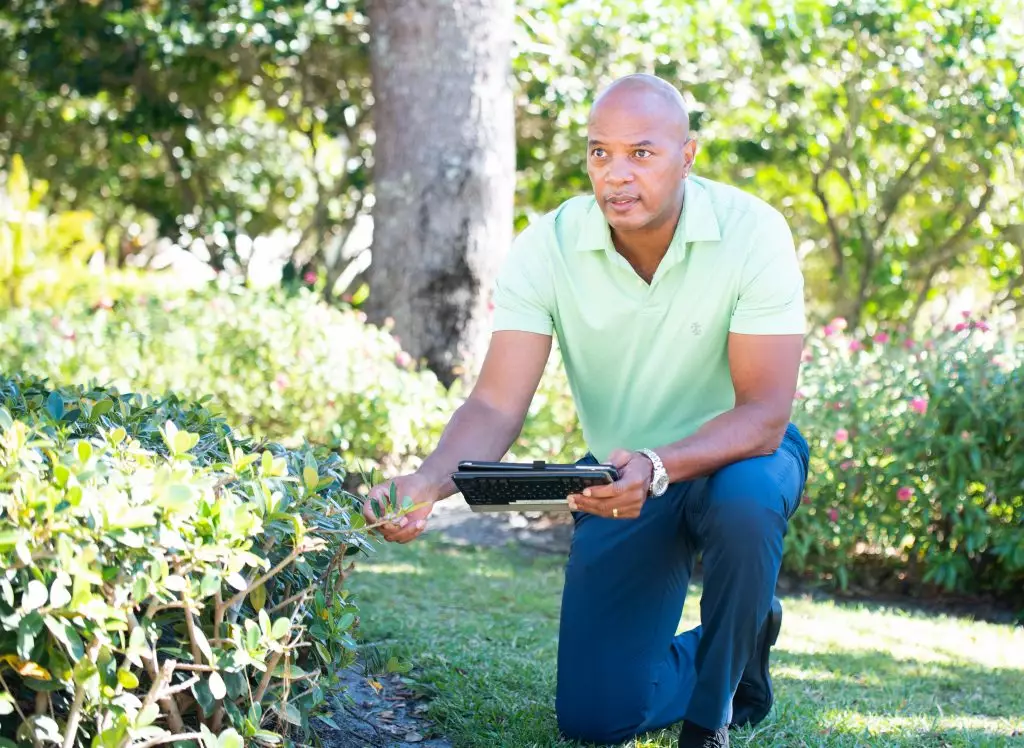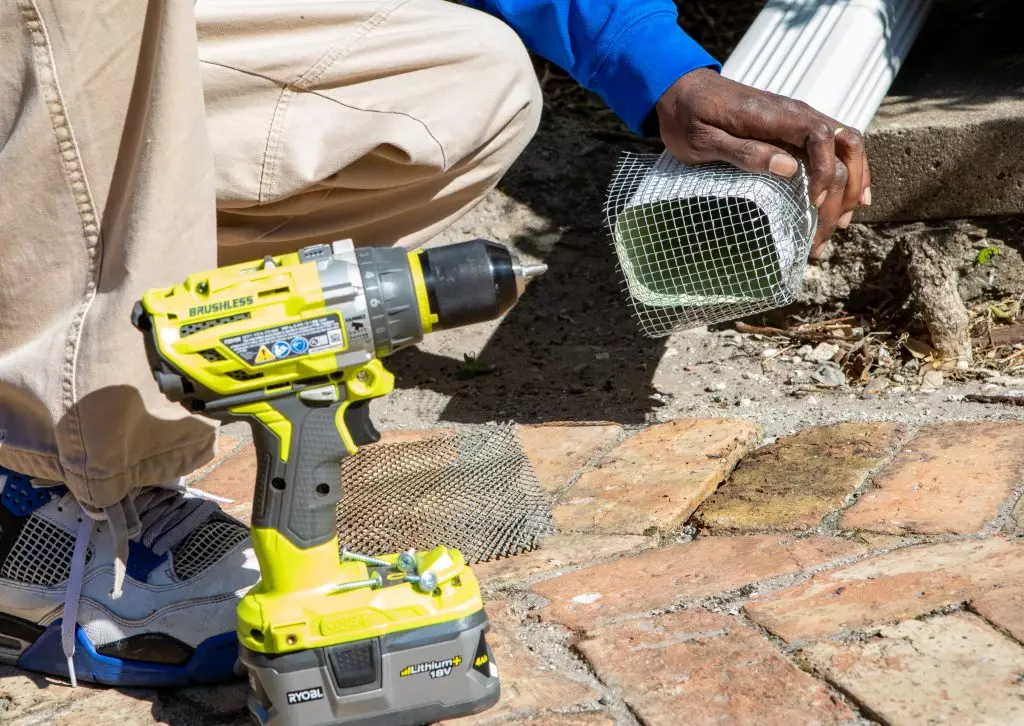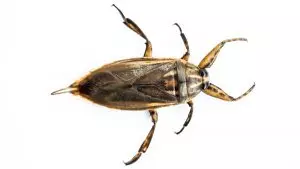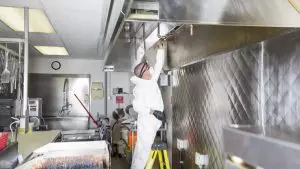
The vision of an exterminator misting your home is a thing of the past. The Environmental Protection Administration has set standards for integrated pest management methods that leave actual chemicals as a method of last resort. Knowing how it works ensures that commercial properties are protected, occupants and visitors have minimal exposure, and pests stay away.
Monitoring and Setting Action Thresholds
When property owners establish an ongoing preventative pest maintenance plan, they may not even see the certified inspector and technicians as they perform the first stages of the treatment plan. Still, these steps are critical to ensuring that the property and buildings on it are protected. They include:
- Identifying pest populations – Unfortunately, in South Florida, insects, rodents, and other aggravations are plentiful. Pest control technicians will start by identifying likely pathways and areas where possible infestations may occur.
- Monitoring pest populations and traces– Techniques for pest monitoring vary, but can include signs of swarming insects and nests. In addition, traps and baiting stations can be placed at strategic locations.
This process is done with little need for property owner intervention, but guest traffic, tenant or occupant health concerns, and optimized scheduling require teamwork from pest professionals, property owners, and occupants alike to ensure success.
Preventative Integrated Pest Management Methods in South Florida

- Environmental pressures – In this case, culture refers to the environment that promotes pests’ growth and reproductive patterns. For example, there may be recommendations regarding the length of grass and foliage nearby buildings regarding lawn pests, mosquitoes, and other insects. Other methods include exclusion techniques such as installing and maintaining window screens, capping gutters and vents with wire mesh, among many others.
- Targeted pest controls – Rather than trying to eliminate all insects and animals in the area, technicians work with the environment. Mosquitoes, grubs, and other pests all have natural predators, and ensuring that the preventative pest management techniques don’t harm them is a critical component of integrated pest management methods.
- Location specific controls – Each property is different and will require different controls for different reasons. While some smaller offices may use door sweeps to keep flies and mosquitoes away from employees, larger properties like malls or shopping centers may need “bee boxes” to keep swarming bees away from customers.
The point here is not that pest management professionals are unable to deter pests. It’s that measures like sanitation, pest-proofing, and reducing the pest’s environment work much better when combined with a proactive pest prevention plan. And, of course, some treatments should only be done by professionals. And, of course, some treatments should only be done by professionals.
How Documentation Helps With Safely Controlling Pests
- Chemical controls – The final step is using pesticides with low-toxicity ingredients that only target the species causing the infestation. As an example, while spraying and fogging may be necessary to deal with swarms of mosquitoes at dawn or dusk, just as critical would be stations that prevent females from reproducing.
What may be less obvious to a business owner or a staff member at a commercial property is the amount of paperwork done by experienced pest management professionals to comply with IPM best practices. They document complaints, inspections, results of monitoring, counts of potential pests, and each application of pesticide.
If this sounds a lot like best project management practices, that’s because IPM is based on those same practices. By identifying and defining the scope of the issues, leveraging stakeholders, and continuing to measure the results of processes, a commercial property’s pest management can be refined and every point of leverage exercised.
Get Covered with Nozzle Nolen’s Commercial Pest Control Plans
Commercial business owners don’t have to worry about the vast majority of South Florida’s wildlife, but a few pest species can cause thousands of dollars in damage. Owners and property managers need to trust that the companies they contract with for pest control have the expertise in building styles, insect and rodent patterns, and the ability to convert that information into an actionable plan for control.
Nozzle Nolen is a leader in leveraging integrated pest management methods in South Florida, having been at the forefront of industry techniques since we started more than 70 years ago. Get the coverage that works for tenants, occupants, and visitors.
Call Nozzle Nolen at 800.226.6536 or Contact Us for a free custom quote based on your business’ size and needs. We look forward to serving you.

